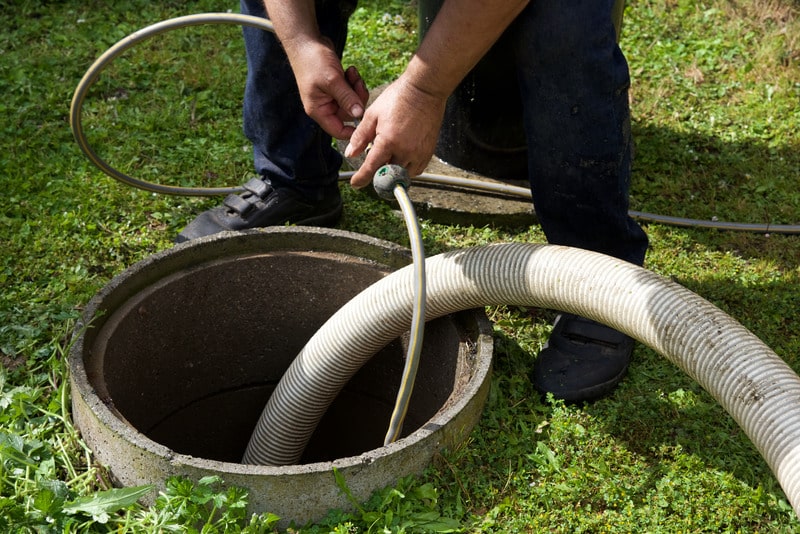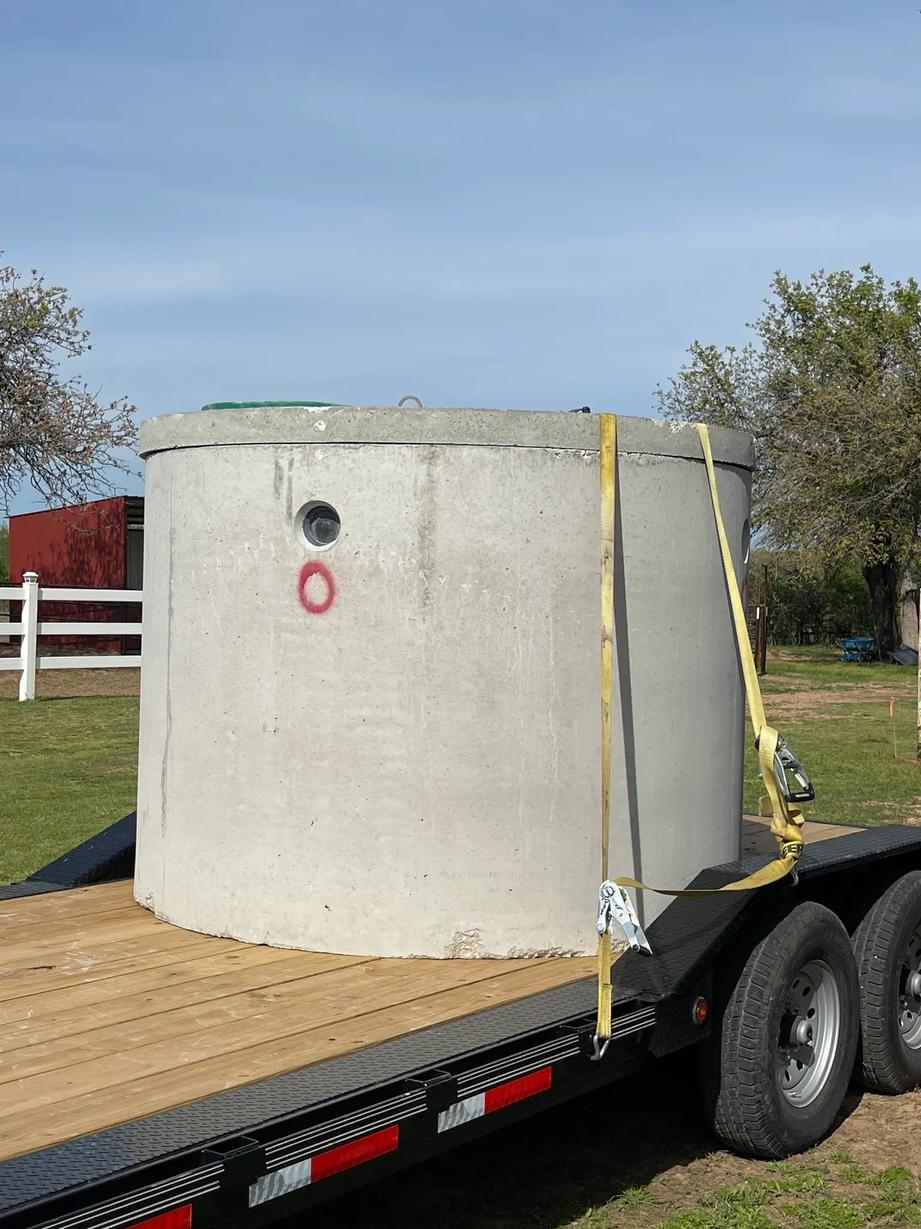Stillwell Septic And Grading Things To Know Before You Buy
Stillwell Septic And Grading Things To Know Before You Buy
Blog Article
The Definitive Guide to Stillwell Septic And Grading
Table of ContentsSome Ideas on Stillwell Septic And Grading You Need To KnowAn Unbiased View of Stillwell Septic And GradingStillwell Septic And Grading Fundamentals ExplainedThe Best Strategy To Use For Stillwell Septic And GradingThe 10-Second Trick For Stillwell Septic And GradingNot known Factual Statements About Stillwell Septic And Grading Our Stillwell Septic And Grading Ideas

Home owners should likewise inform themselves on the essentials of septic tanks to guarantee they make notified choices throughout the installation procedure - Setpic System Repairs. Septic systems are an essential component of many homes that are not linked to a municipal sewer system. They are designed to treat and get rid of home wastewater on-site
The septic storage tank is a big, below ground container made of concrete, fiberglass, or plastic. The tank divides the solid waste from the fluid waste.
Stillwell Septic And Grading Fundamentals Explained
Along with routine maintenance, house owners ought to additionally bear in mind what they purge down their drains. Items such as grease, oil, coffee premises, and womanly health products can block the system and trigger backups. It is additionally essential to save water and avoid overwhelming the system. Simple measures such as taking care of dripping taps and toilets, mounting low-flow showerheads and toilets, and expanding laundry tons can help in reducing water usage and extend the life of the septic system.
The topography of the site is also examined to make sure that the septic system is installed at the right elevation. https://www.goodreads.com/user/show/176392989-george-braden. The system needs to be mounted at a greater altitude than the bordering area to avoid contamination of the surrounding environment. Obstacles are the minimum ranges required by regulation between the septic system and other structures or functions such as wells, structures, and building lines
The elevations will certainly make sure that the septic system operates correctly, and wastewater is efficiently dealt with. It makes certain that the septic system is installed in the most optimal location, taking right into factor to consider the soil, topography, and setbacks.
Getting My Stillwell Septic And Grading To Work
Before mounting a septic tank, property owners require to obtain permits and comply with guidelines. Some of the permits and regulations that property owners need to think about include:: Homeowners need to get an authorization from the regional wellness department or building department before installing a septic system.
For example, some communities might call for a minimal lot dimension for septic system installation.: Property owners need to abide by ecological guidelines when setting up a septic tank. As an example, some states might require an ecological influence assessment prior to mounting a septic system.: Property owners require to follow construction policies when mounting a septic tank.
See This Report on Stillwell Septic And Grading
As an example, some towns may call for routine inspections and pumping of the septic storage tank. Non-compliance with licenses and regulations can bring about fines, penalties, and also lawful activity. It is vital for property owners to acquire licenses and abide with regulations prior to setting up a septic system. When it comes to selecting a septic tank, house owners have a couple of alternatives to think about.
Among the most important variables to think about when choosing a septic tank is the size. A sewage-disposal tank that is as well small for the home's requirements will need more regular pumping, while a container that is also large can bring about excessive water buildup and possible system failure. A basic general rule is that the container should be able to hold at the very least two days' well worth of wastewater.
The Greatest Guide To Stillwell Septic And Grading

It's likewise essential to consider the kind of system the septic container will certainly be used with. There are 2 main types of septic systems: gravity and stress.
Our Stillwell Septic And Grading Diaries
Generally, selecting the best septic container for a home is an essential decision that needs cautious consideration. Before installing a septic tank, home owners have to take particular actions to prepare for the setup procedure.
Right here are some necessary safety measures to adhere to: Put on protective gear: Homeowners need to put on protective equipment, such as gloves, boots, and safety helmets, to avoid injury throughout the installment process. Prevent electric lines: House owners must stay clear of digging near electrical lines to stop electrocution. Use care when operating heavy equipment: Home owners must use caution when running heavy machinery to protect against crashes and injuries.
8 Easy Facts About Stillwell Septic And Grading Shown
By following these important actions, property owners can guarantee an effective sewage-disposal tank installment process. Septic system installation is a crucial process that needs mindful planning and execution. Property owners that are installing a septic system for the first time must recognize the necessary steps associated with the process to make sure that their septic tank functions successfully and effectively.

Report this page